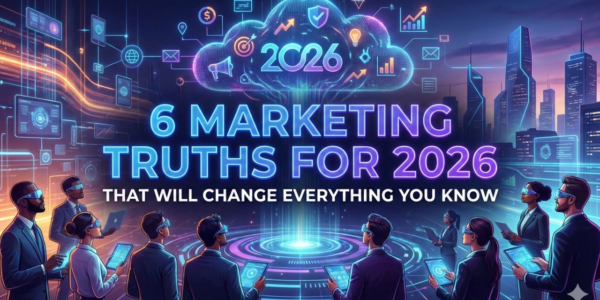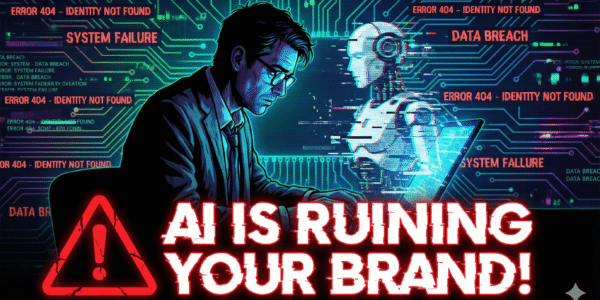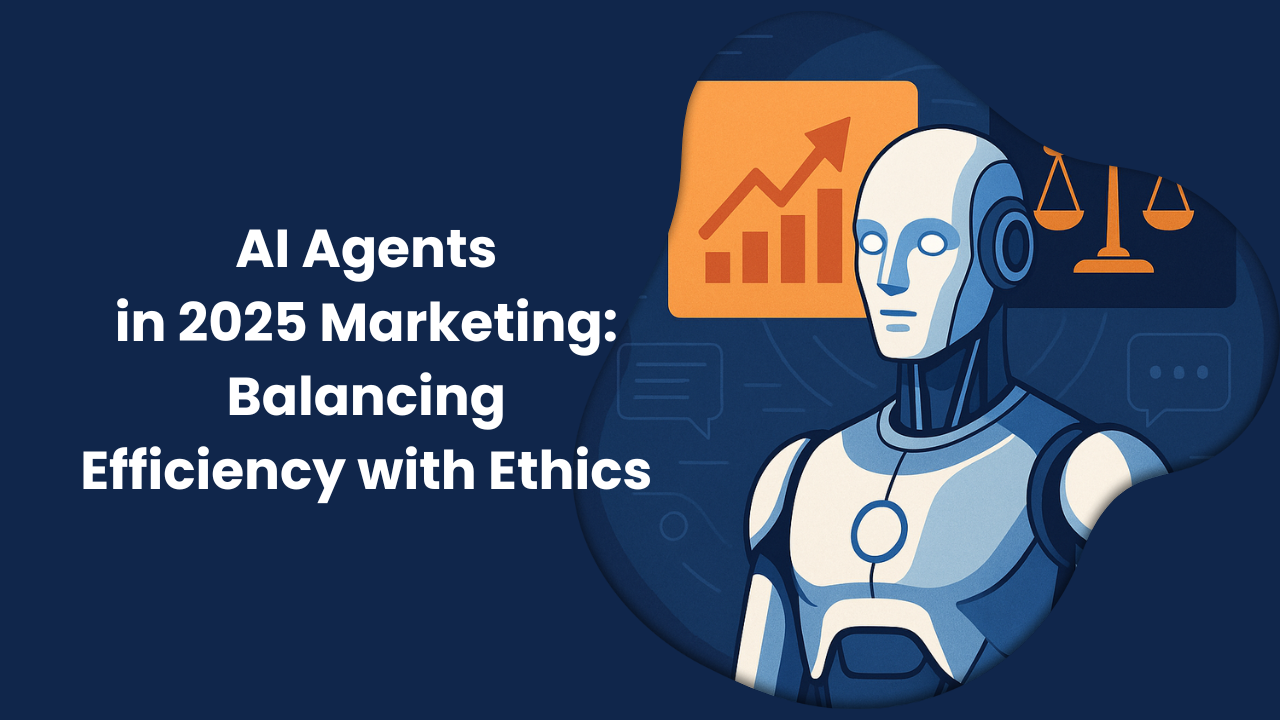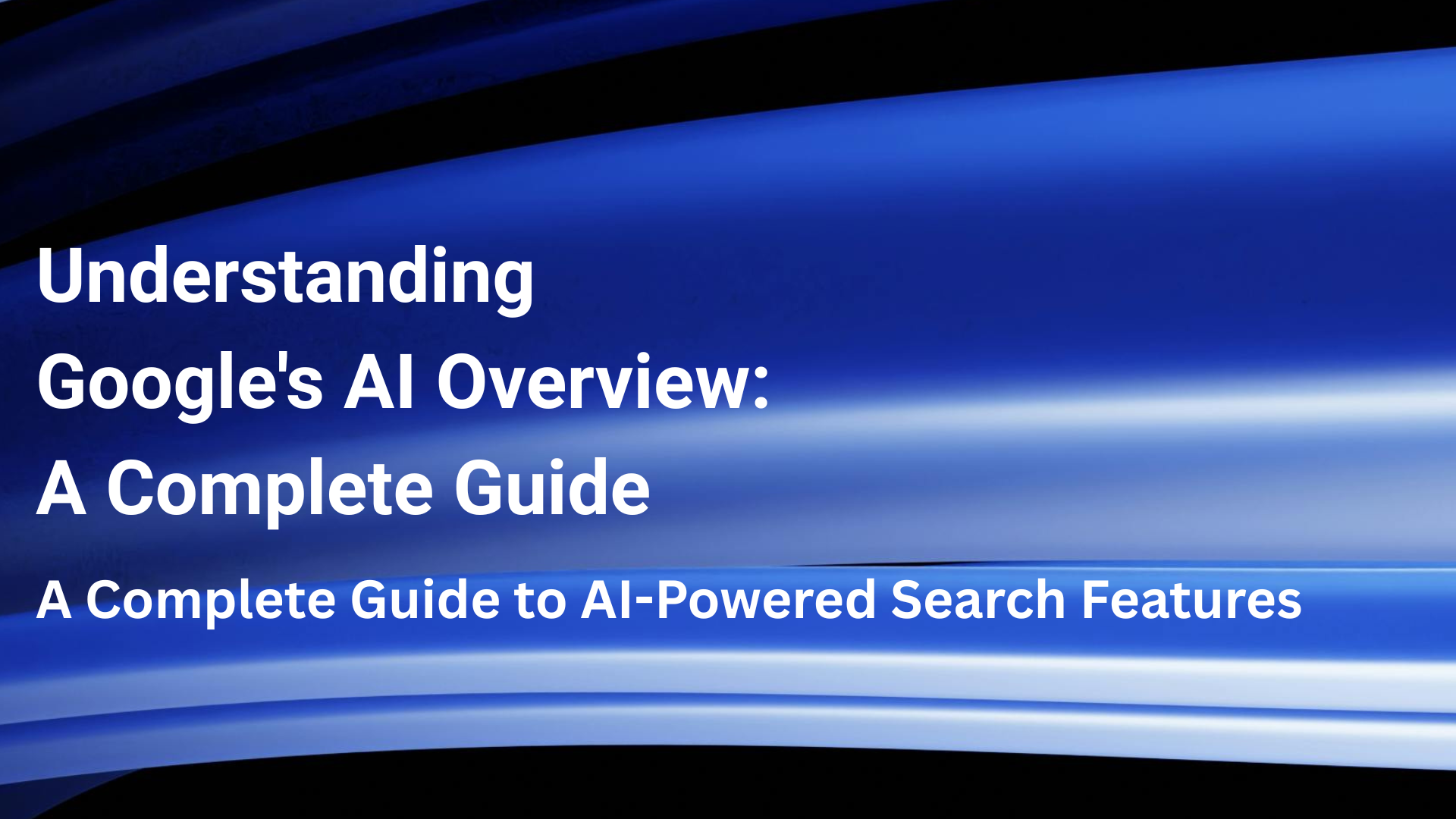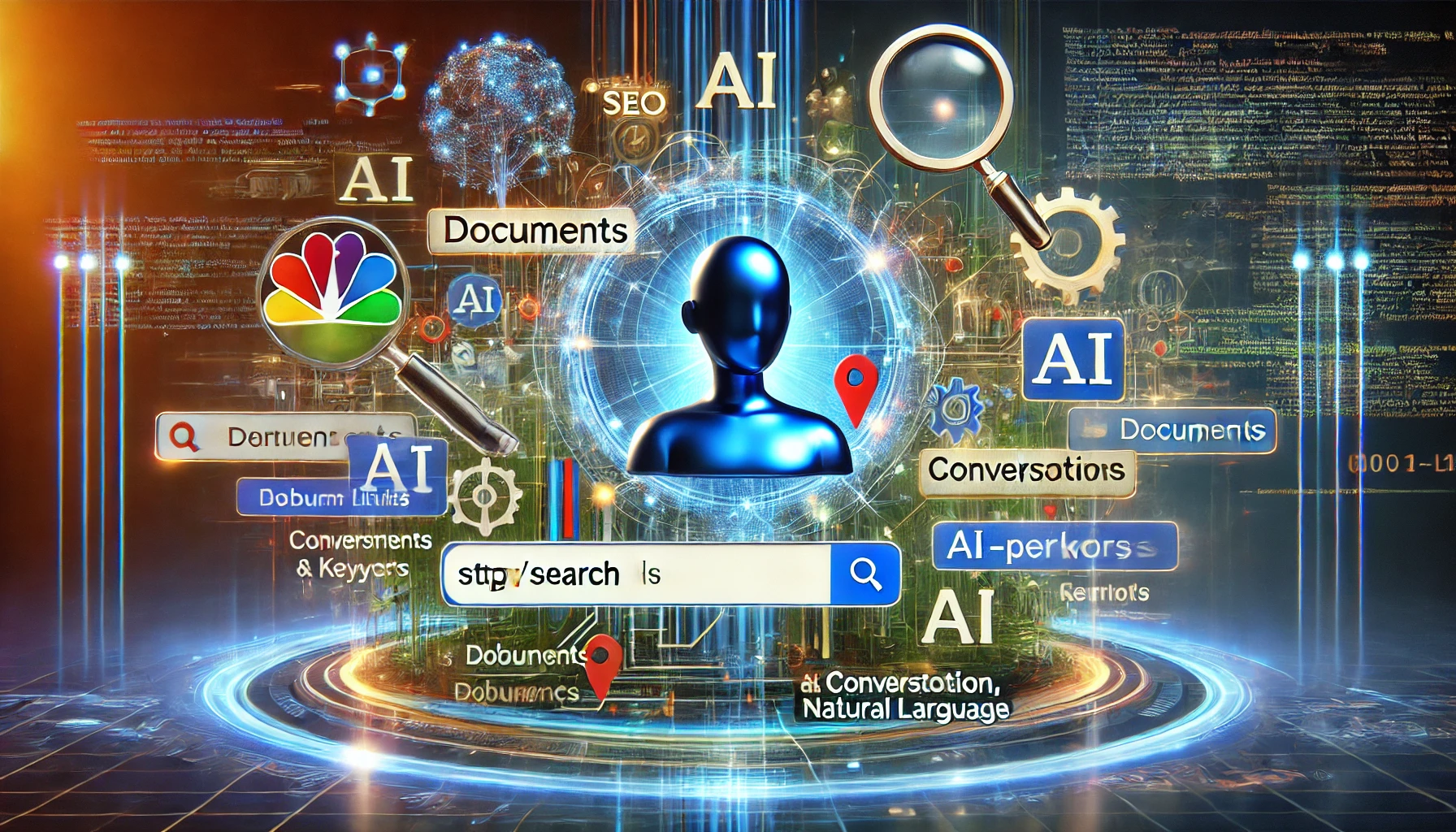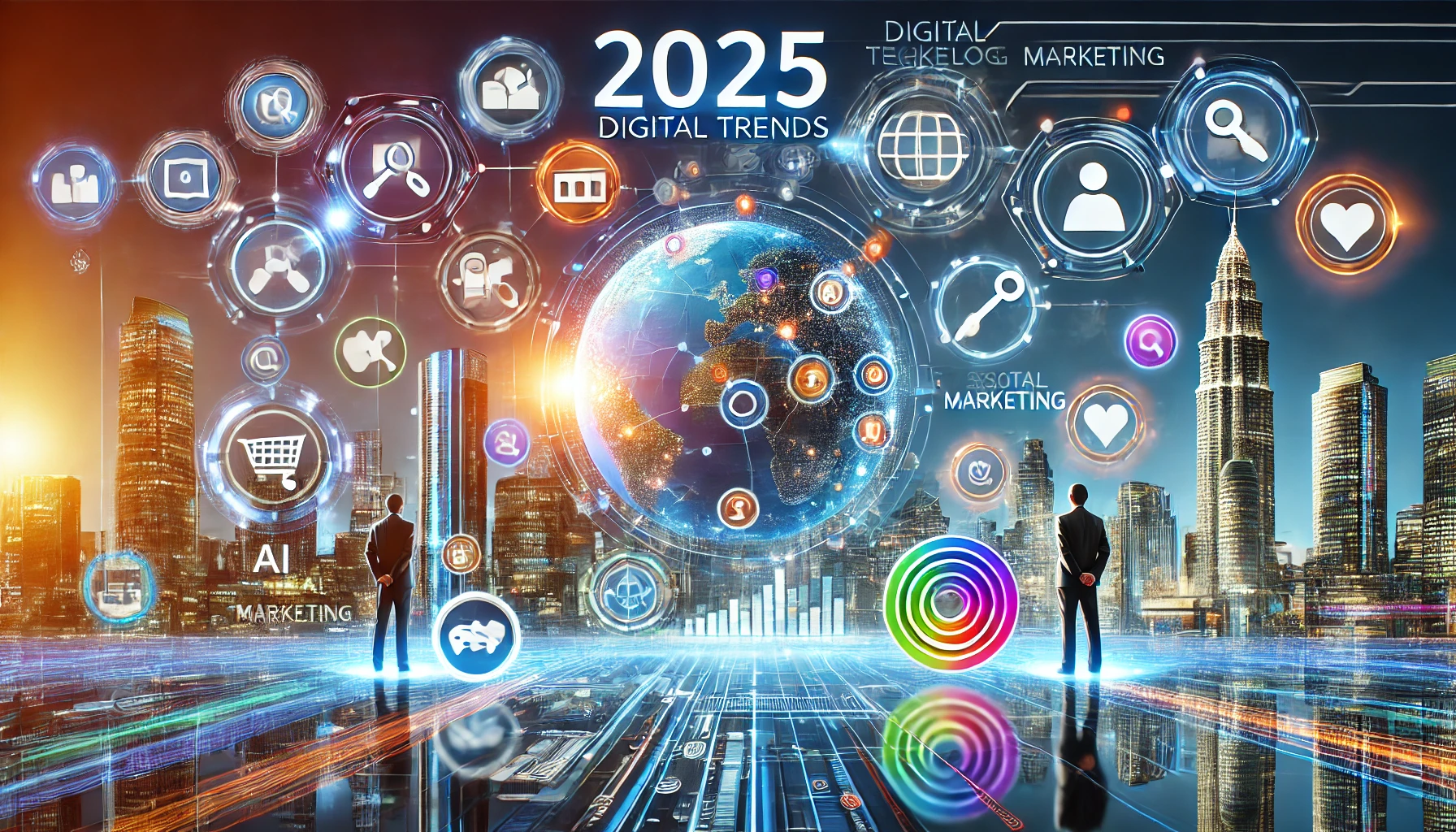6 Marketing Truths for 2026 That Will Change Everything You Know
The pace of change in digital marketing has become relentless, driven by a structural shift from prompt-based AI tools to autonomous AI agents that feels both exhilarating and overwhelming. Every week brings a new capability, a new trend, a new…
3 Ways AI is Quietly Sabotaging Your Brand (And How to Fix It)
Introduction: The Hidden Cost of “Correct” I still remember when a global tech giant made headlines for a catastrophic AI failure. They launched a product designed to learn from public conversations, a bold glimpse into what AI could become. But…
Your First Guide to Getting Noticed by AI: A Beginner’s Playbook for LLM Seeding
1. Welcome to the New Frontier of Content 1.1. The Big Shift: Why Your Content Might Be Invisible Welcome to a major shift in how we find information online. For years, the goal was to show up in Google’s “ten…
Tools for Tracking AI Content Citations: Ensuring Transparency in the Age of Generative AI
Generative AI has revolutionized how we create content, from academic research and journalism to enterprise blogs and knowledge bases. But with this power comes a challenge: ensuring that AI-generated content is properly attributed, cited, and traceable back to its original…
AI Agents in 2025 Marketing: Efficiency vs. Ethics
AI Agents in 2025 Marketing: Efficiency vs. Ethics Artificial Intelligence has transitioned from being a “nice-to-have” tool to a strategic necessity in marketing. By 2025, AI agents—autonomous, task-driven AI entities capable of decision-making and execution—have become the backbone of marketing…
Vibe Marketing: How AI is Redefining the $250 Billion Marketing Industry
In the fast-moving world of startups and venture capital, some terms rise and fall with trends. But every now and then, a concept comes along those signals real change—not just another buzzword. “Vibe marketing” is one such shift. It’s not…
Understanding Google’s AI Overview: A Complete Guide
Introduction Google’s AI Overview (AIO) represents a revolutionary shift in how users interact with search results, leveraging advanced artificial intelligence to provide quick, comprehensive answers to complex queries. This guide will delve deep into what AIO is, how it works,…
Is SEO dying?
In a recent episode of Google’s Search Off the Record podcast, the discussion centered around whether SEO is facing a decline due to the rise of AI in search. The conversation highlighted contrasting views: while some at Google claim SEO…
Top 2025 Digital Marketing Trends You Should Plan For
Digital Marketing Trends to Watch in 2025 As we move into 2025, the marketing landscape continues to evolve rapidly with advancements in technology, personalization, and search optimization shaping how brands connect with their audiences. To stay ahead, marketers must understand…
How Marketers Can Adapt to Drive Quality Over Quantity
Quality Over Quantity: Adapting Your Marketing Strategy for Success In today’s dynamic digital landscape, the focus for marketers is shifting from chasing a high volume of leads to cultivating a pipeline filled with high-quality prospects. While the allure of a…
